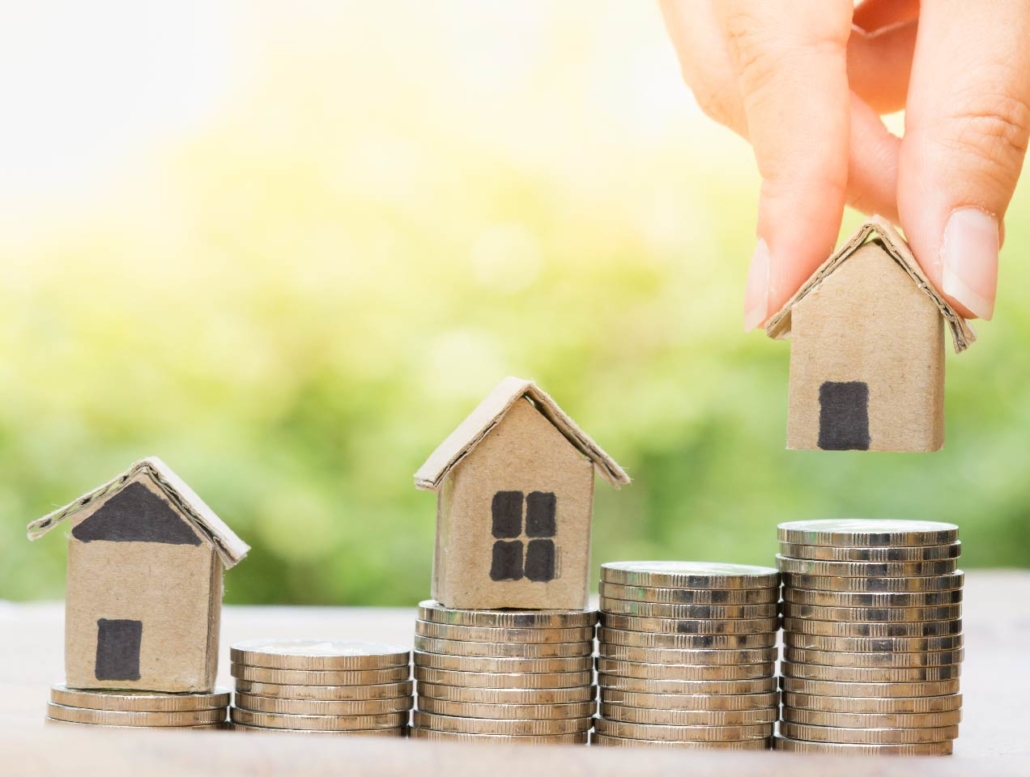There’s a big difference between being a first-time buyer and being a first-time property investor, and you’re probably already familiar with the basics of buying a house such as mortgages, asking prices, stamp duty and so on.
If you’re buying a property to rent out, remember that you’re likely to pay a premium on buy-to-let mortgages, compared with the fees and interest rates for a property you plan to live in yourself.
Here are eight top tips for property investment to help you make sure you maximise the yield from your first foray into the rental property market.
1. Shop around
Buying a house is one of the biggest gambles many people take in their life, and buying a property as an investment is still potentially a very big risk.
Take your time, do your research and shop around, whether that’s to choose an affluent area, find a ‘doer upper’ to get stuck into, or just to make sure you buy in at the right stage in the property market cycle.
You might also want to consider the time of year – for example, if you’re buying a property to rent out to students, you’ll ideally need to have it ready for July-August for summer viewings ahead of a September moving-in date.
2. Check it out
Before you take the plunge – and just as with any property you buy for yourself to live in – it’s worth staking it out first.
That means visiting the street several times, at different times of day. Check the surrounding streets for any noisy backstreet pubs and social clubs, neighbours with a passion for motorcycles, and so on.
If possible, arrange multiple viewings of the interior too. You might plan to do some work on the property anyway, but a second viewing gives you the chance to double check on anything you missed and make sure your first impression was accurate.
3. Location, location, location
It’s the ultimate cliche in property investment but it’s one that’s still worth remembering – buying in an up-and-coming location ahead of the curve will enhance your yields substantially.
You can ride the upward surge of desirable locations by buying in, refurbishing simply and renting out until the property gains capital.
After that, it’s up to you whether you continue to let out the property at increasing rents that reflect the local market, or sell it at a substantial gain and reinvest that capital into your next venture.
4. Keep it simple
It’s understandable to want to invest in an architectural marvel finished to the highest of specifications, but that’s not where the greatest profits can be found.
Whether you’re investing in a property to sell after refurbishment, or one to rent out, the biggest yield is found by keeping your costs down, not by keeping them up.
Choose something at the affordable end of the market, fix it up to a decent standard and decorate it neutrally, and you’re more likely to find a buyer or tenant faster, and at a price that suits the market and makes you a profit too.
5. Choose your tenants
You have a surprising amount of control over who moves into your property, starting with the type of property you choose to invest in.
Opt for a traditional family home, and you’re more likely to get a traditional family moving in. This can be much easier to manage than, for example, a large student property with 6-8 individual tenancies.
In any case, you could choose to put a lettings management company in charge. This will cost you a management fee, but should vastly decrease the amount of admin time you have to spend on being a landlord, allowing you to cater for a larger number of tenants of all types.
6. Invest in tenanted properties
Sometimes you’ll be presented with the opportunity to invest in a property that already has a sitting tenant – and this can be a major sweetener for the deal.
Void periods, when a rental property has no tenant, represent some of the biggest losses for landlords and can see a property go for months with no rental income generated.
By investing in properties that already have a long-term tenancy in place, you gain the physical asset of the building and the immediate income from the rent, allowing you to start paying off your investment without delay.
7. Do the math
Investing should be based on profit, whether that’s capital gains on selling the house or rental yield on letting it out to tenants.
Make sure there’s a good margin in it for you – and allow for unexpected costs, for example any running repairs you need to do as landlord.
You can protect your investment with buildings insurance, but again make sure you get a landlord’s policy as many home insurance policies are only designed for properties you live in yourself.
8. Cover the legals
Finally, make the extra investment of getting an experienced solicitor to draw up your tenancy agreement so that you can lock down the lease in a legally binding way.
A good lease will set out the tenant’s obligations, from paying rent on time, to whether they are allowed pets, guests or late-night house parties.
You can set out a lot of duties in the tenancy agreement, including maintenance of the property, keeping the grounds neat and tidy, and an obligation to inform you or the management company of any damage.
Again it’s about protecting your investment, but it also shows the tenant that you take your role as landlord seriously, setting a professional tone for the duration of their tenancy.
http://www.marketoracle.co.uk/Article64717.html
Disclaimer: The information provided here is not investment, tax or financial advice. You should consult with a licensed professional for advice concerning your specific situation.




